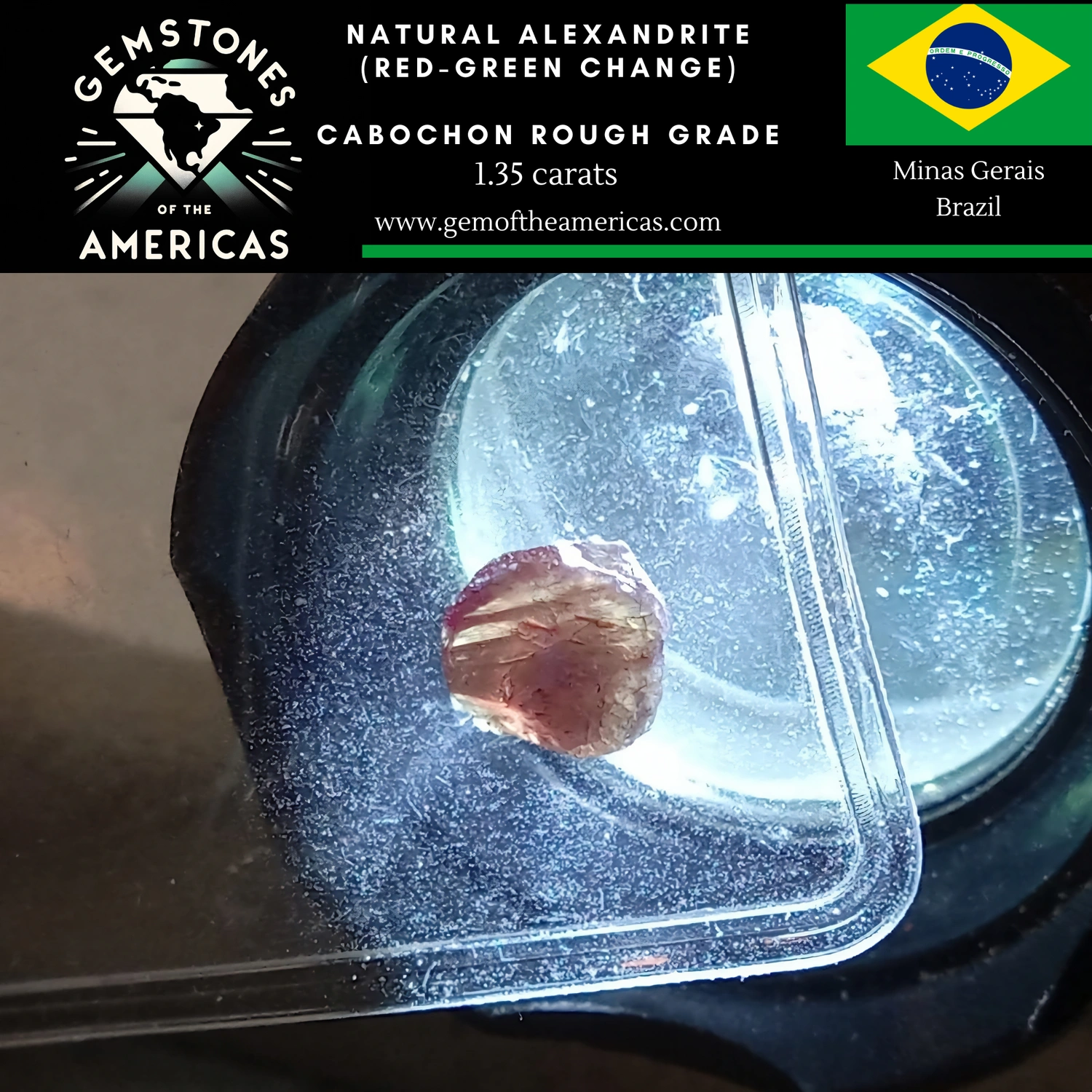Alexandrite
The legendary color-changing gemstone that shifts from emerald green in daylight to ruby red under incandescent light - nature's most magical transformation.

Showcasing the legendary color-change effect
Alexandrite Facts
Nature's most remarkable color-changing phenomenon in the gemstone world
Mineral Type
Chrysoberyl with chromium traces
Discovery
Ural Mountains, Russia (1830s)
Color Change
Green to red under different lighting
Hardness
8.5 on Mohs scale
The Color-Change Phenomenon
Pleochroism Magic
Alexandrite's chromium content creates selective light absorption, appearing green in daylight and red under incandescent light - a phenomenon called pleochroism.
Royal Heritage
Named after Tsar Alexander II of Russia, Alexandrite was discovered on his coming-of-age day. Its red and green colors matched the Russian imperial colors.
Extreme Rarity
Fine Alexandrite is rarer than diamonds. The best specimens show dramatic color change with strong saturation in both daylight and incandescent light.
The "Alexandrite Effect"
The saying "emerald by day, ruby by night" perfectly captures Alexandrite's dual nature. The most valuable stones show a complete transformation from bright green to vibrant red.
Formation & Discovery
Alexandrite forms under extremely rare geological conditions requiring the presence of both beryllium and chromium
A Geological Miracle
Alexandrite is a variety of chrysoberyl that forms when beryllium-rich pegmatites encounter chromium-bearing rocks - an extremely rare geological event.
The presence of chromium creates the color-changing properties, while the chrysoberyl crystal structure provides exceptional hardness and brilliance.
Originally discovered in the Ural Mountains of Russia in the 1830s, fine Alexandrite is now also found in Brazil, Sri Lanka, and East Africa, though Russian stones remain the most prized.
Key Characteristics:
- Specific Gravity: 3.68-3.78
- Refractive Index: 1.746-1.755
- Crystal System: Orthorhombic
- Transparency: Transparent to translucent
- Luster: Vitreous
